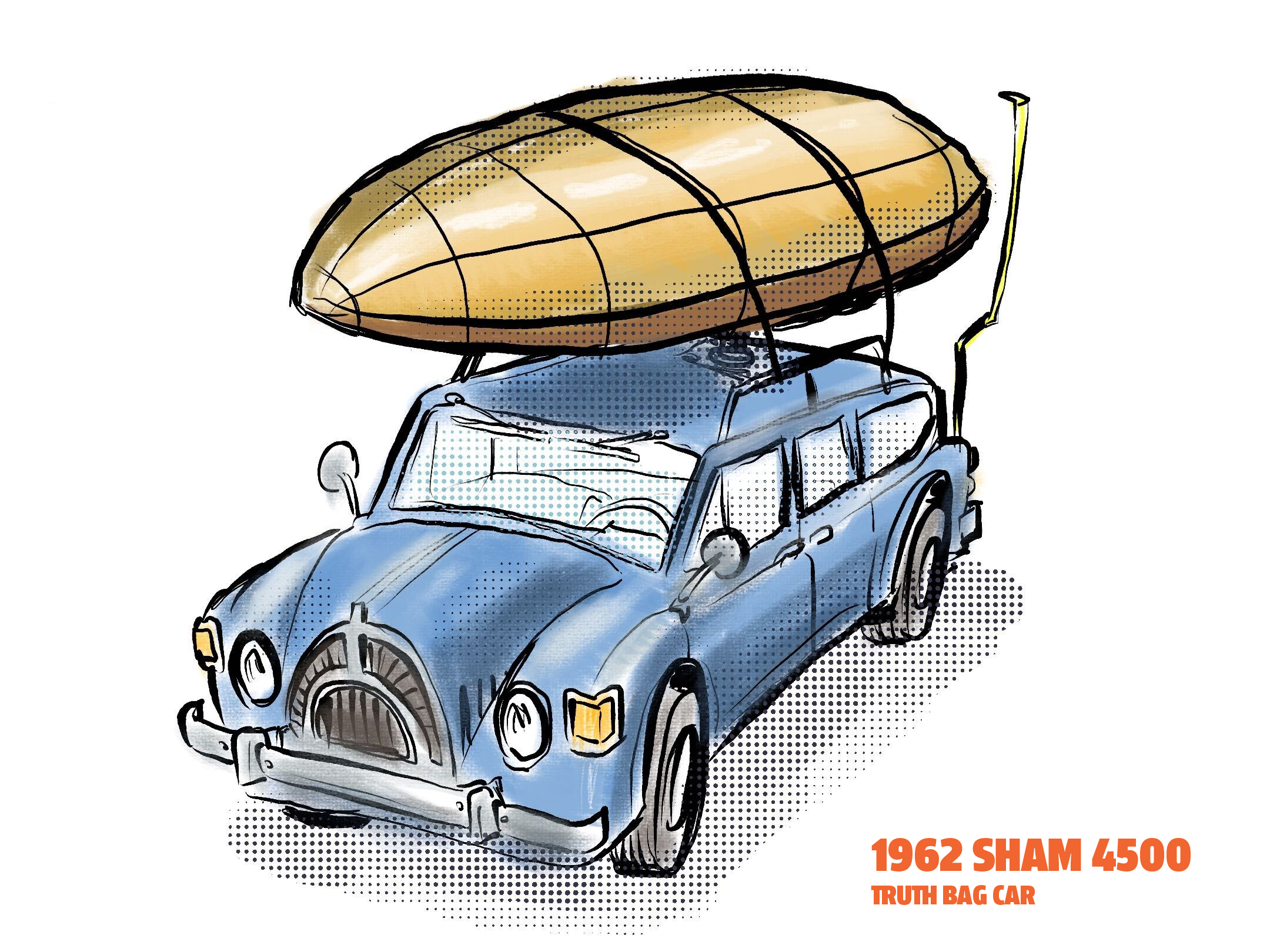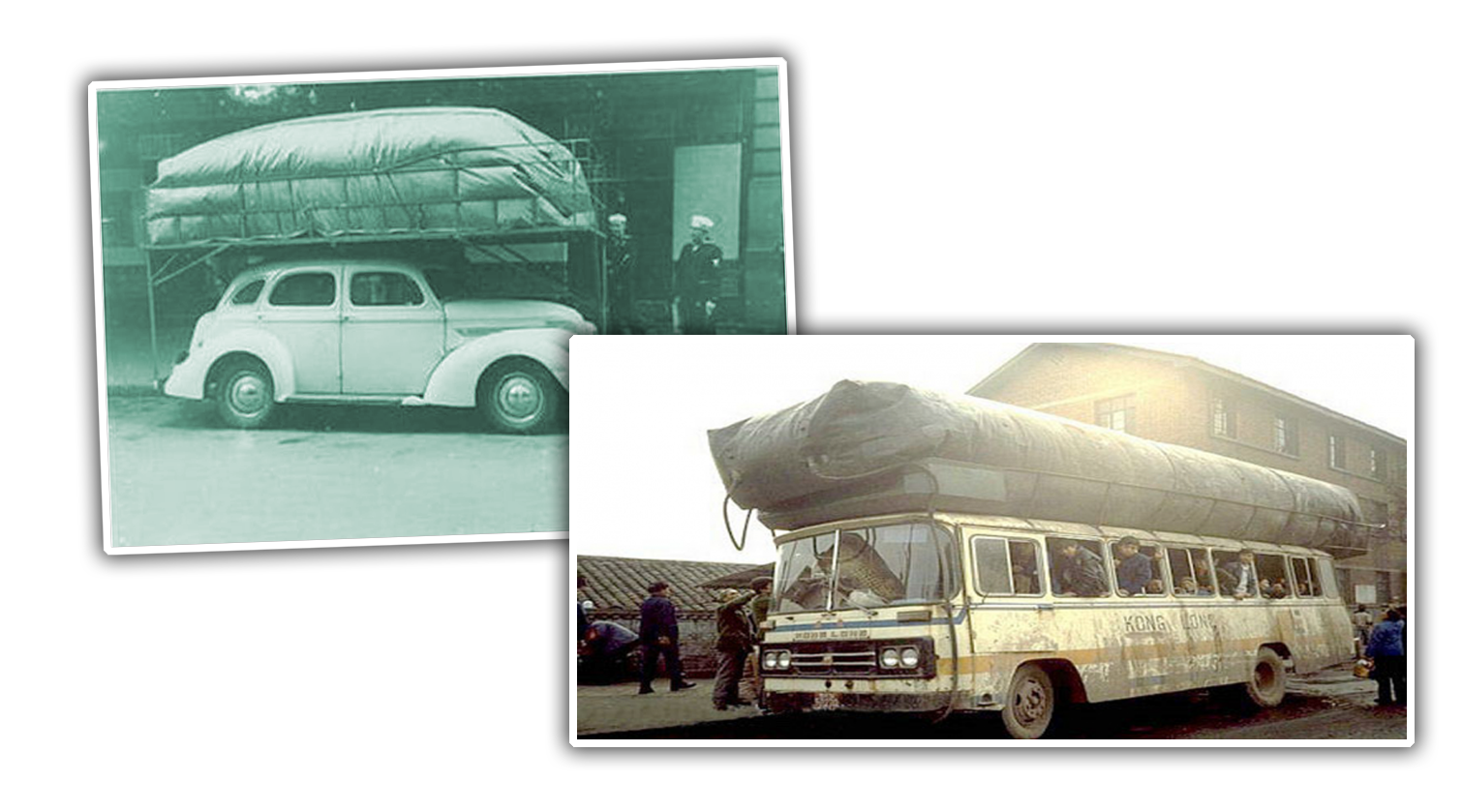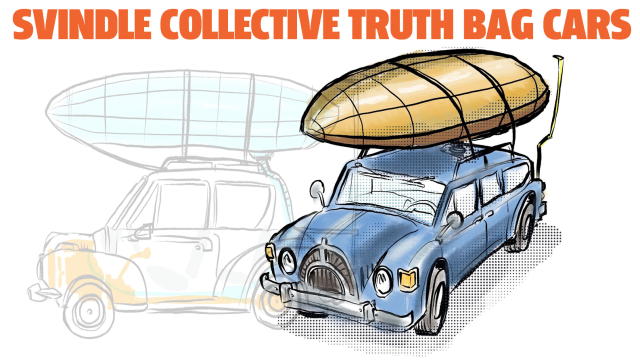While almost every major economic system throughout history has at one point or another been accused of being corrupt or run by crooks, a giant scam, or all of that, there’s only one country in the world that truly embraced people’s seemingly inherent predilection to crime: the Svindle Collective. The Svindle Collective is the only country in history to base an economic system on graft. The cars built in the Collective, as a result, have adapted some features that make them pretty remarkable in the world of motoring. Get your bribing pants on and let’s take a look at the Svindler Truth Bag Cars.
The Svindle Collective (and, yes, the name comes from the same German root word schwindler where we get our English word swindle) was formed in 1810 by a large group of people who attempted an early form of Ponzi scheme in the Prussian Empire but were caught and exiled from the country.
The original settlers fled to Andorra, where they were able to take over a large portion of the country by asking Napoleon for his autograph at a state luncheon, but really having him sign over the deed to 18,200 hectares of Andorran land, almost half the country.
Too embarrassed at being so easily duped, Napoleon played it off like he meant to do that, and so the Svindle Collective was born.
The Collective was, and remains, one of the most economically equitable countries on Earth, a combination of the fact that it has a small population and that everyone in the country is constantly attempting to scam everyone else, all the time, so if anyone actually manages to amass any wealth at all, they immediately become a target for the entire country, and it’s only a matter of time — usually, a very short time — before their wealth is redistributed back among the population.
Somehow, the system works, but only if everyone involved accepts the fact that everyone else is trying to scam them out of something. While for most commerce things manage to work in this strange system, there are some things where consumers need to be able to trust what they’re being sold.
This includes essentials like food, which the Svindle Collective legally requires to be at least edible and non-poisonous, a legal requirement that is very well respected since people dying is just bad for all business.
When cars started to arrive at the Collective in the early 1900s it was found that there was a huge incompatibility with the economy of the Svindlers and cars.
Fuel stations were always attempting to sell watered-down fuel, or use fuel pumps that would incorrectly tally how much fuel was being pumped, or replace gasoline with cheaper, unusable compounds. This effectively brought the country to a halt, as nobody could trust anyone to refuel.
With the Collective’s main governing body, The Grand Racket, unwilling to regulate gasoline sales, clever Svindlers came up with a genius idea: use hydrogen as fuel instead.
The reason for this wasn’t about efficiency or any technical reason; it was because unpressurized hydrogen fuel could be stored in huge gas bags on the roofs of cars, and when that bag was full it would be obvious and easy to measure.
Plus, because hydrogen is the least-dense element extant, any attempt to dilute or otherwise cheat the amount of hydrogen would be immediately apparent since the expected buoyancy of the gas bag would be immediately compromised with anything other than pure hydrogen.
This meant that Collectivists could fill up their cars and see, immediately, that they were getting what they paid for. The first “Truth Bag” cars — as the Svindlers named them — were adaptations of existing cars on the market, but soon the Svindle Collective began manufacturing their own examples.

A common one was the Sham 4500, a higher-end large station wagon designed to give the impression of elegance and success. The body was primarily a form of reinforced papier-mache, and all the chrome was spray-painted on. This was one of the more popular entry-level cars, and had a 540cc inline twin air-cooled engine under a wooden engine cover designed to look like a V8.
One trait of all the Truth Bag cars was a tall metal pole, usually mounted to the rear bumper, that was calibrated to be the exact height of the fuel bag when fully inflated.

A much better and more expensive car was the smaller, more deceptively humble-looking Monte Tricard, named for both its three-cylinder hydrogen-burning engine and the legendary Three-Card Monte scam, which had taken on a near-religious level of importance in Svindler society.
The Tricard was actually a very well-built and efficient small car, and, when converted to gasoline, even found some success in European and Brazilian export markets.

While the hydrogen gas bag concept was mostly limited to the collective, similar systems using woodgas or uncompressed natural gas were used in Europe during both World Wars, and on buses in China well into the 1990s.
The Svindle Republic never got any royalties or compensation for the use of similar roof-bag fuel systems, something which most Collectivists regard as their greatest national tragedy.
Today, many attempts have been made to import Svindle Collective Truth Bag cars to private collections or museums, but every time money has been taken, yet no cars have been delivered.
I’m pretty sure things will be different for the 1977 Monte Tricard I just bought on eBay, though. I wired the seller my $US5,500 ($7,543) — which is a steal for one of these! — and he said it’ll be kept in a special escrow account until I get the car, so that seems safe to me.
I haven’t been able to access the escrow company’s website online, though, and for some reason, he’s not answering my texts, but I’m sure it’ll be fine. I’ll update this with pictures when the car arrives, which should be in one week after I scan and send my Social Security card to the shipping company his brother runs.
